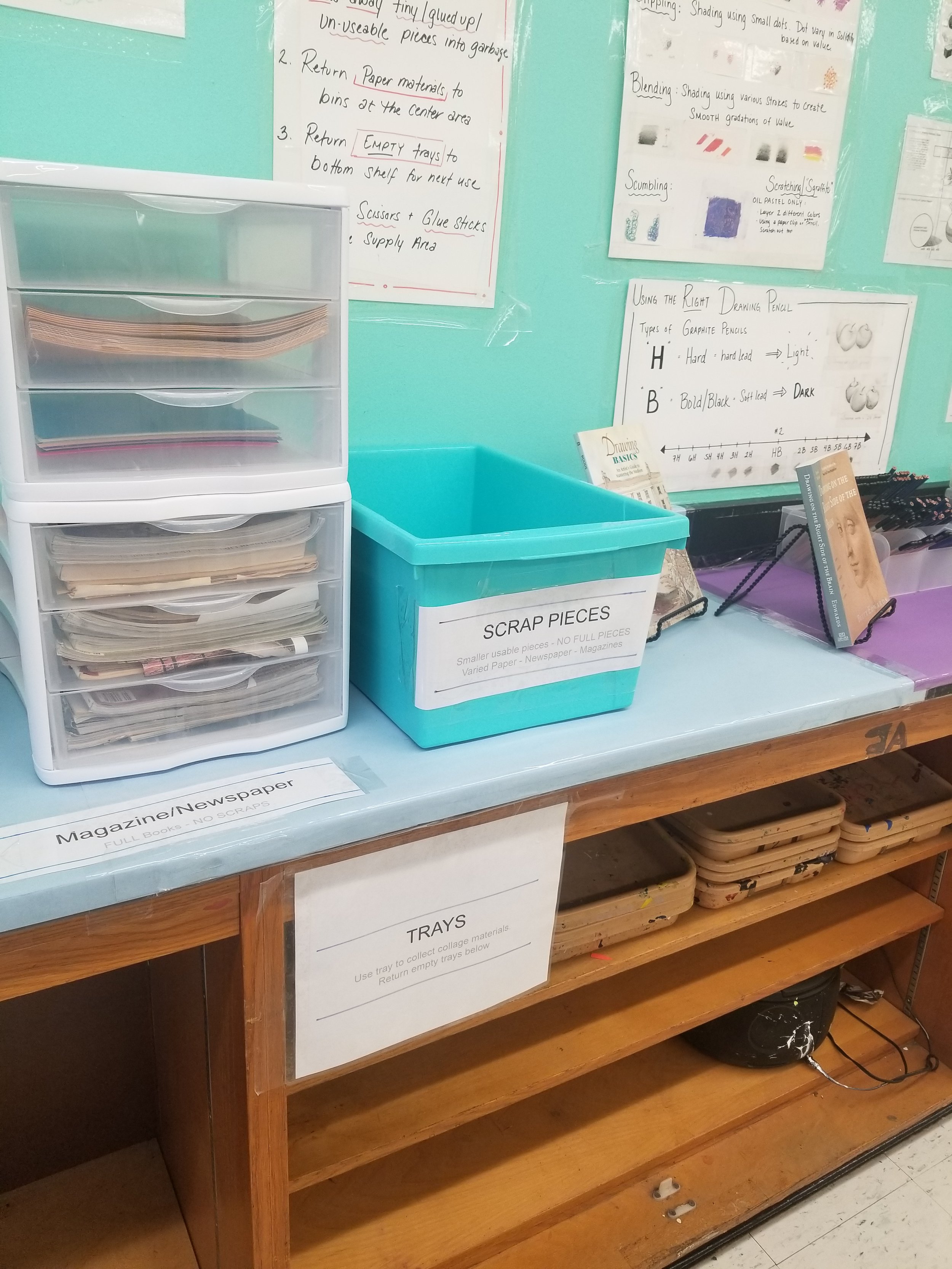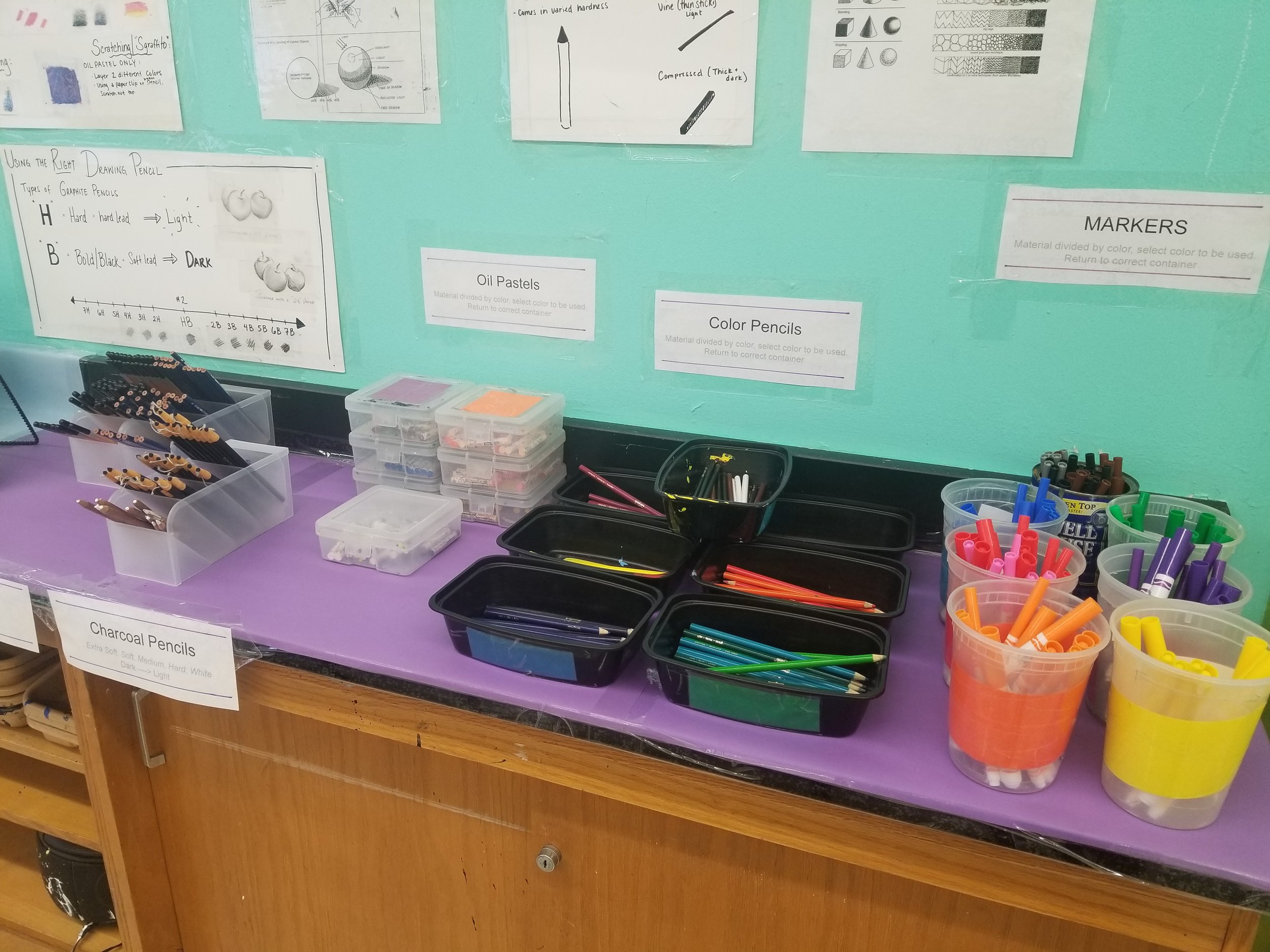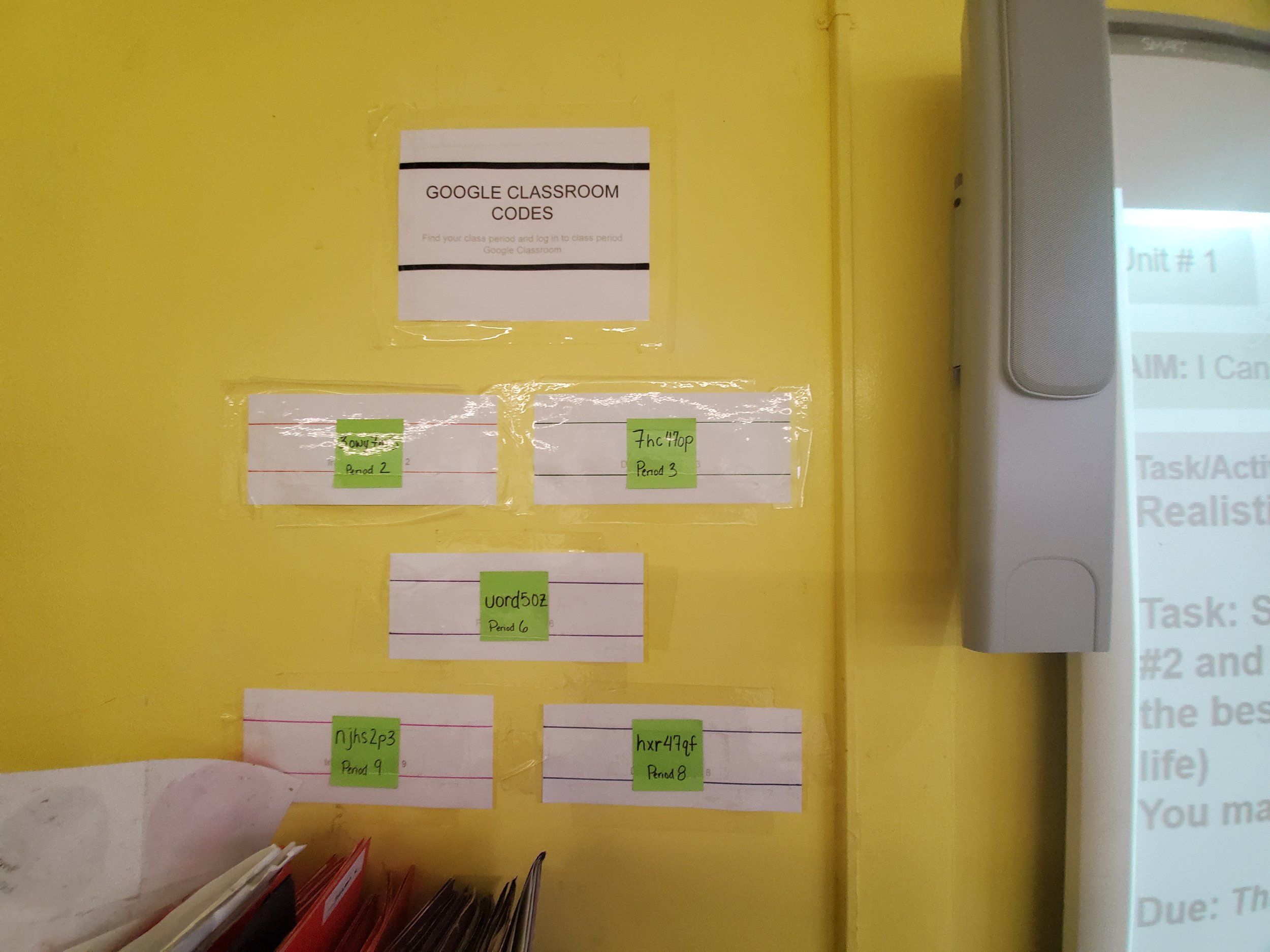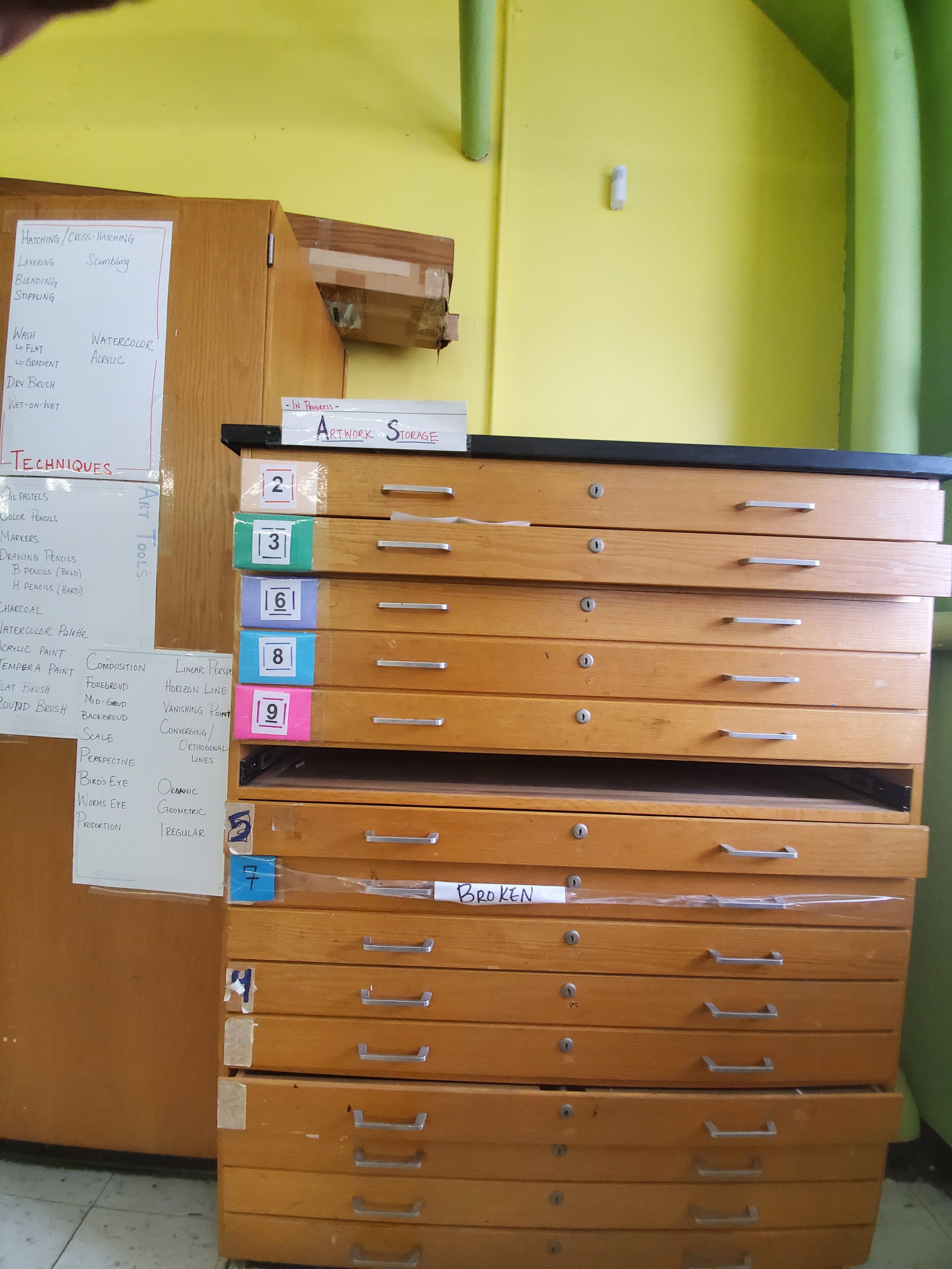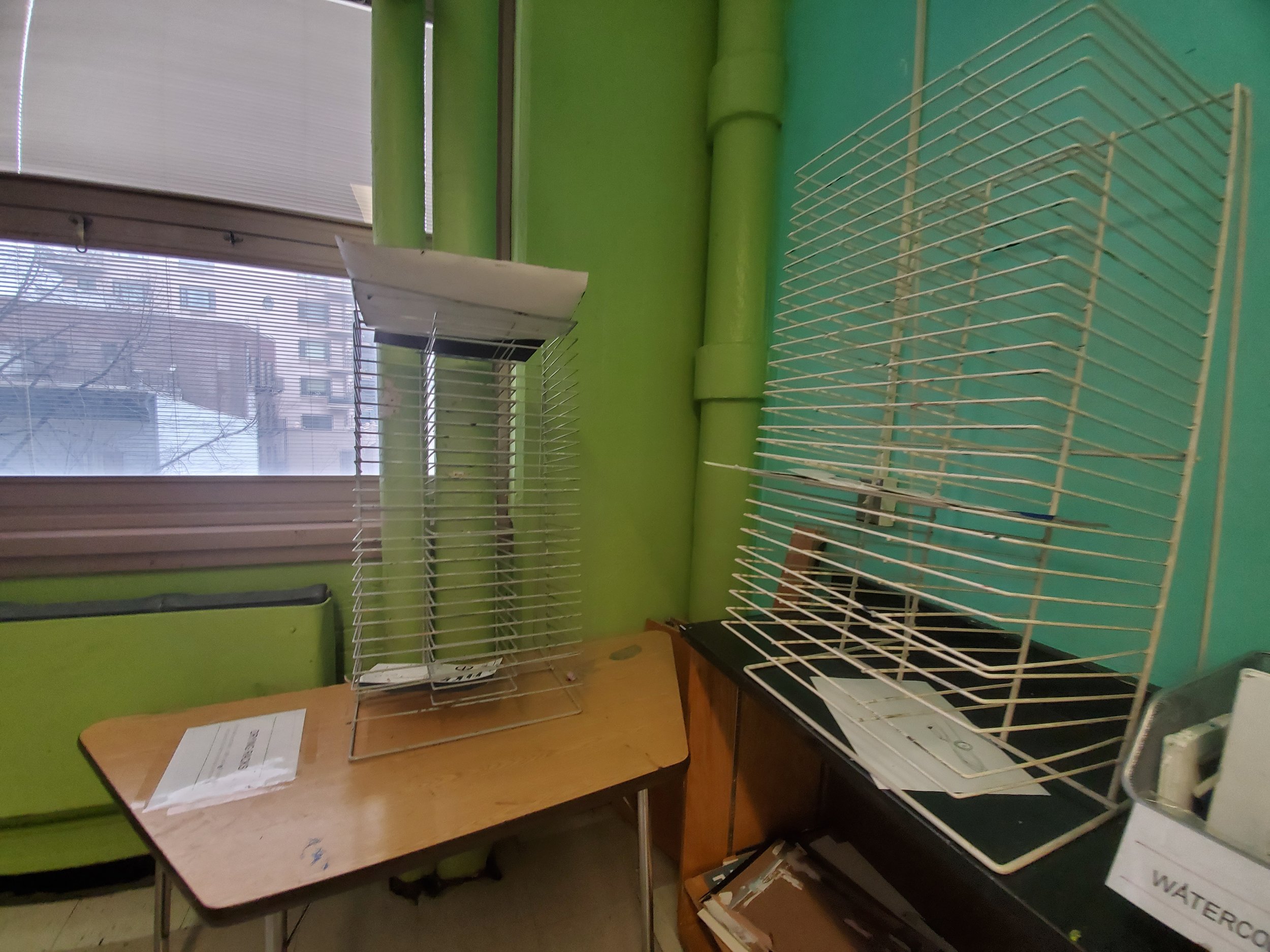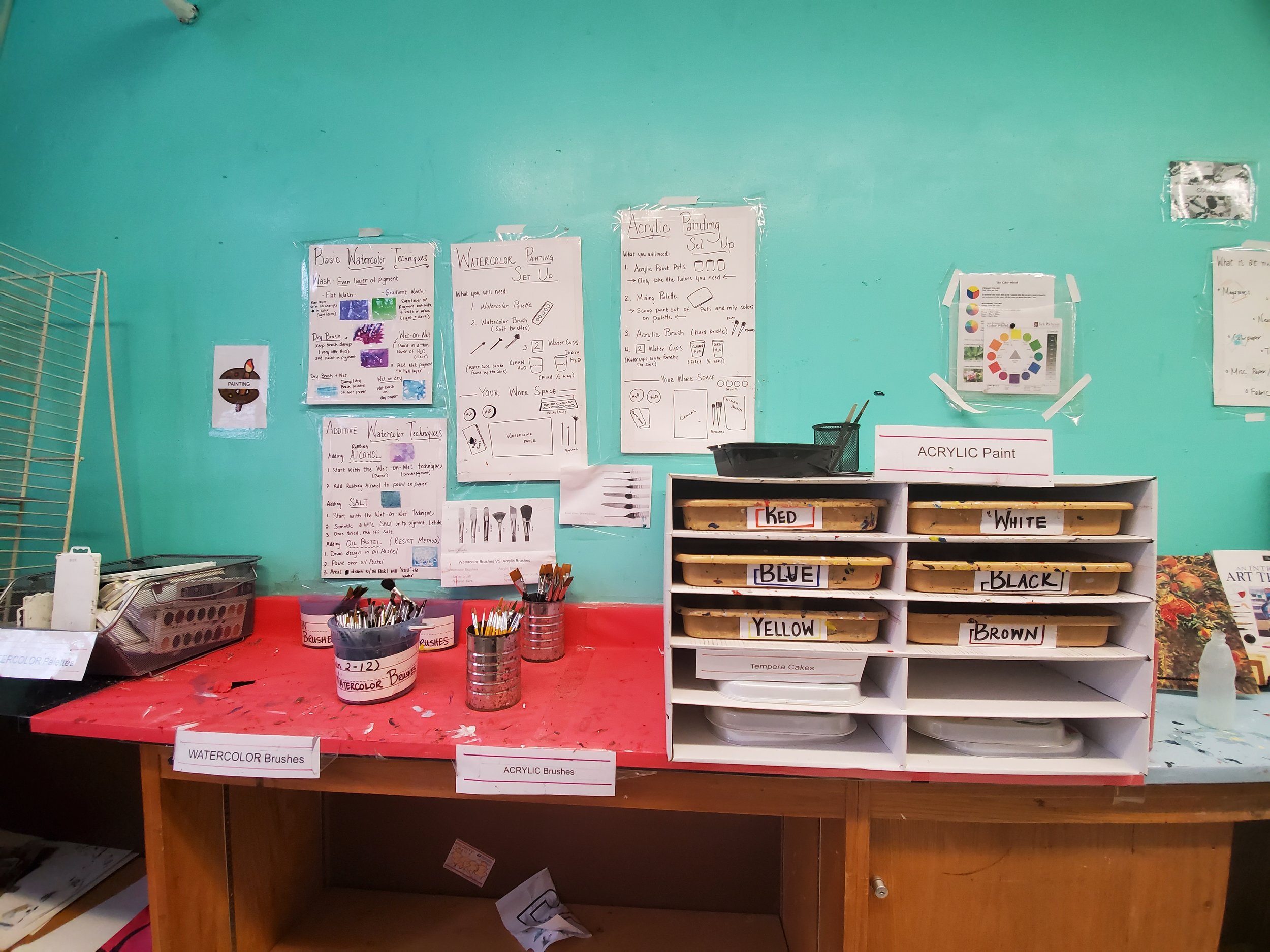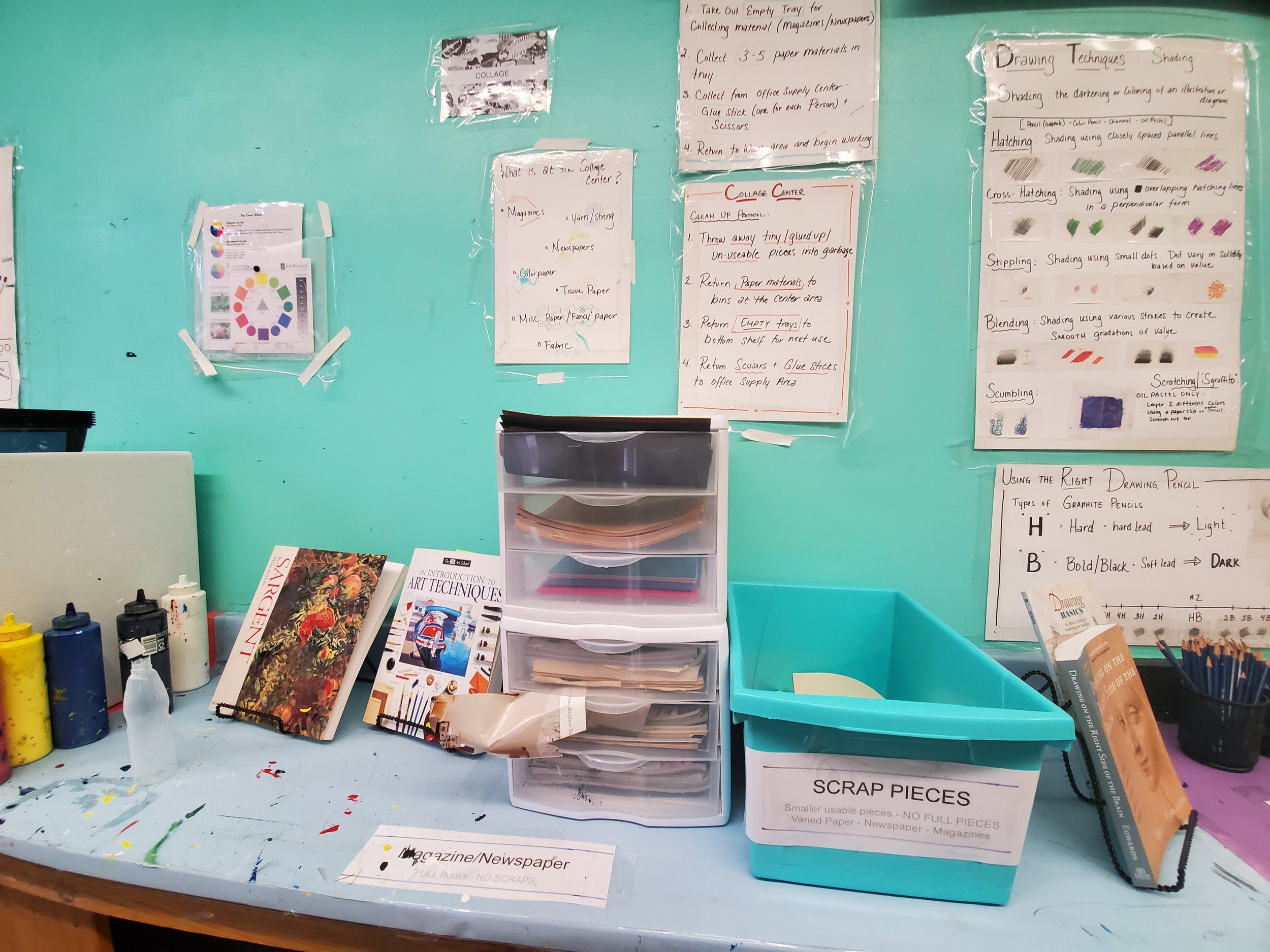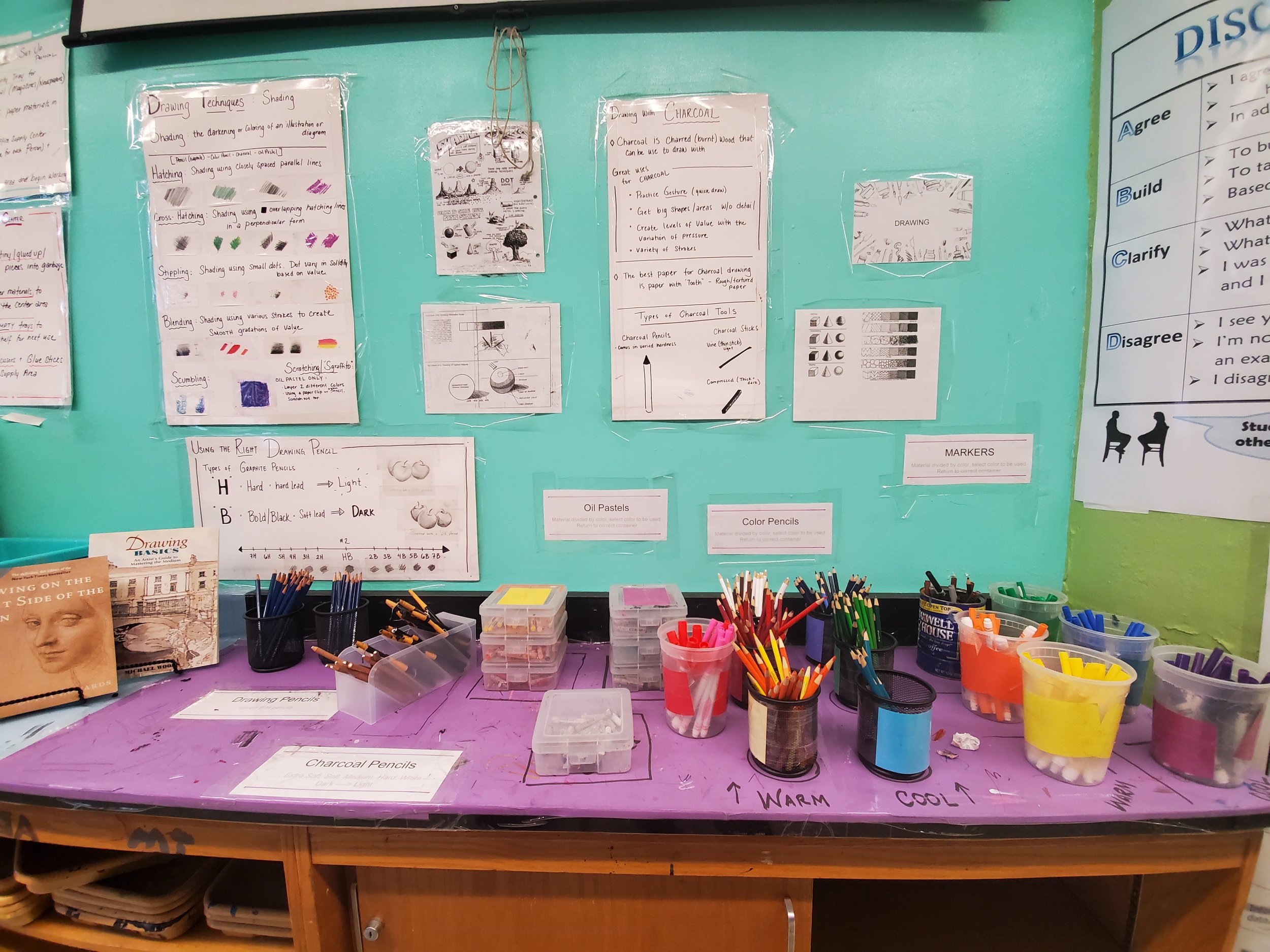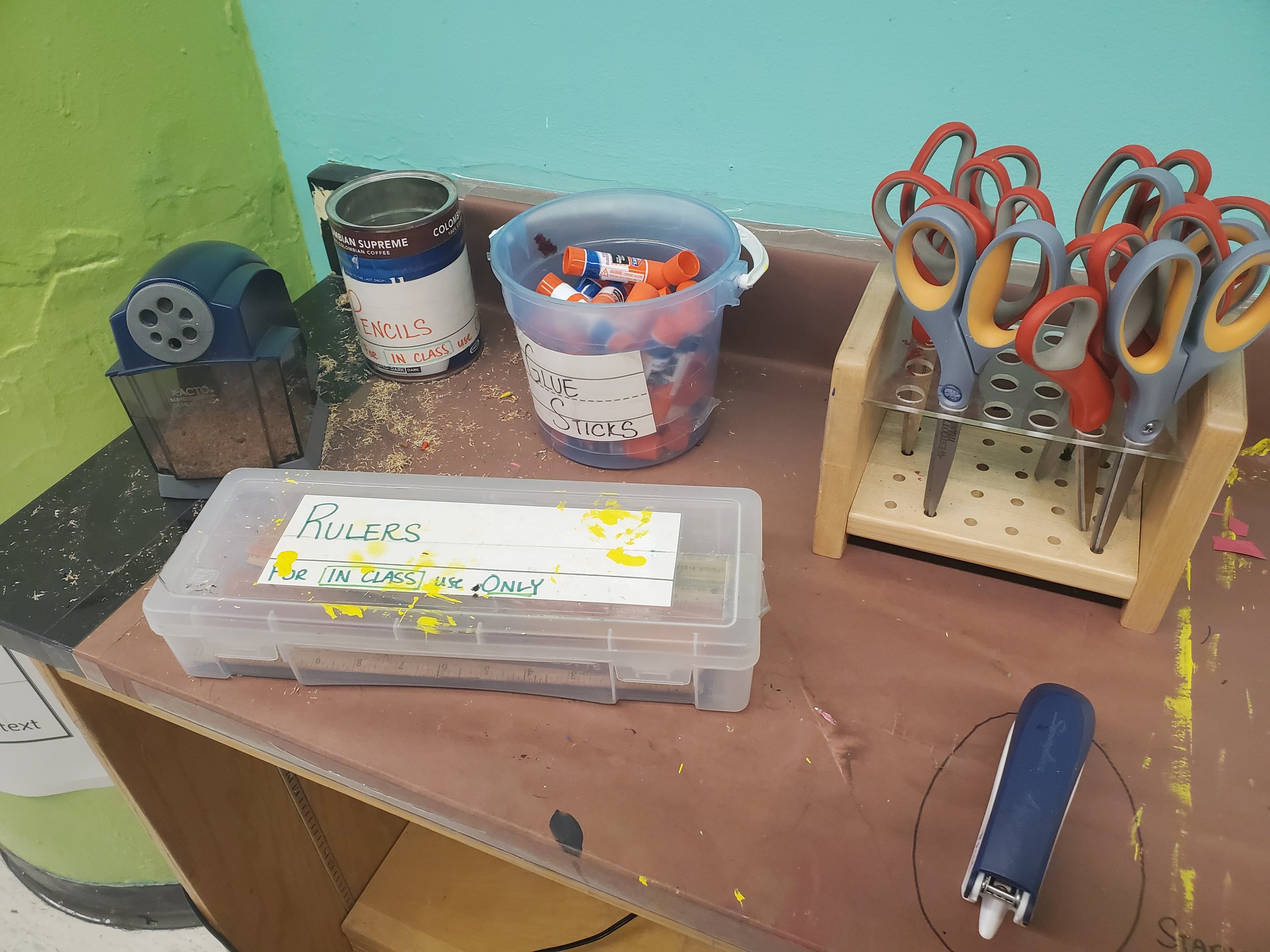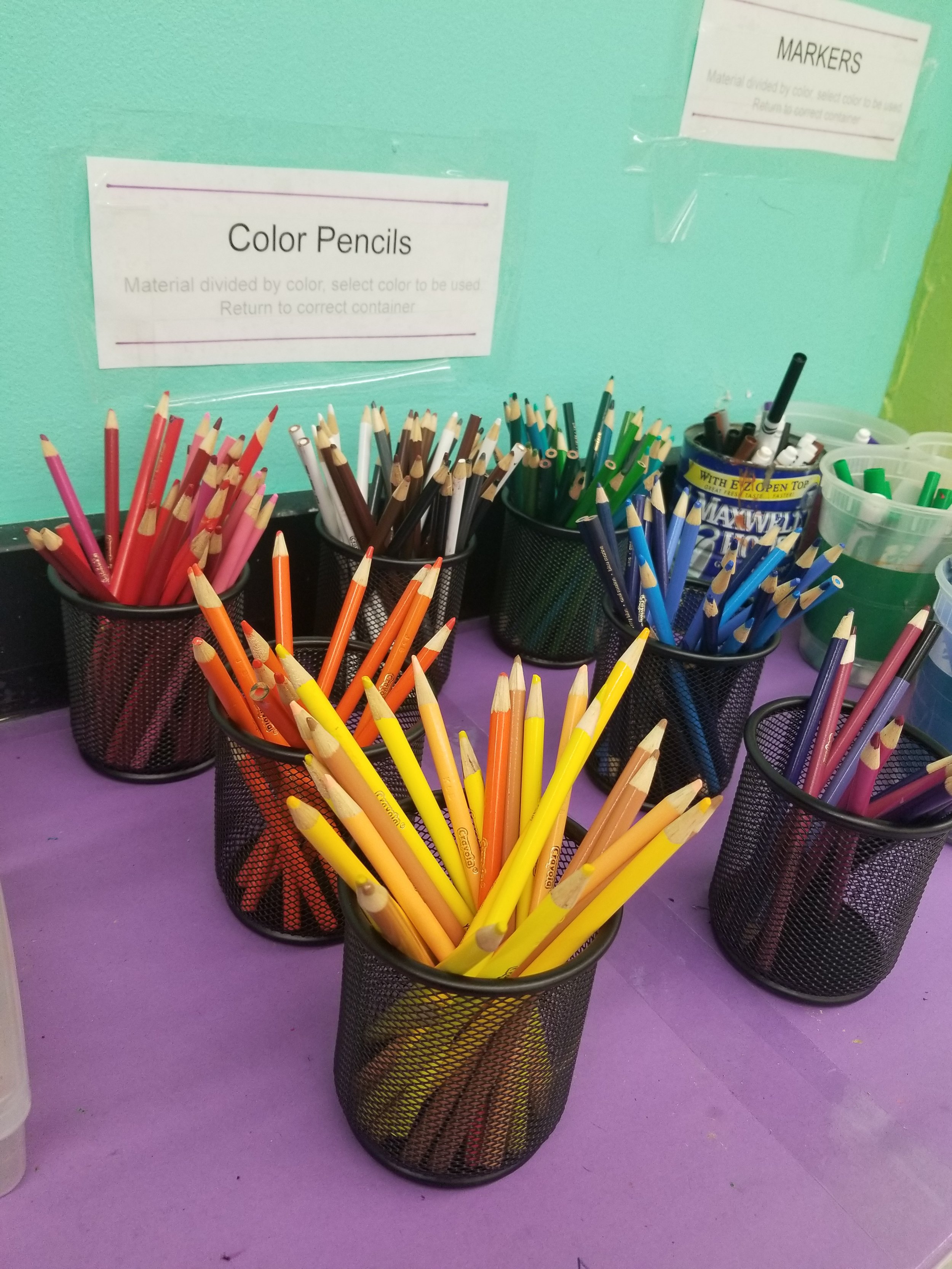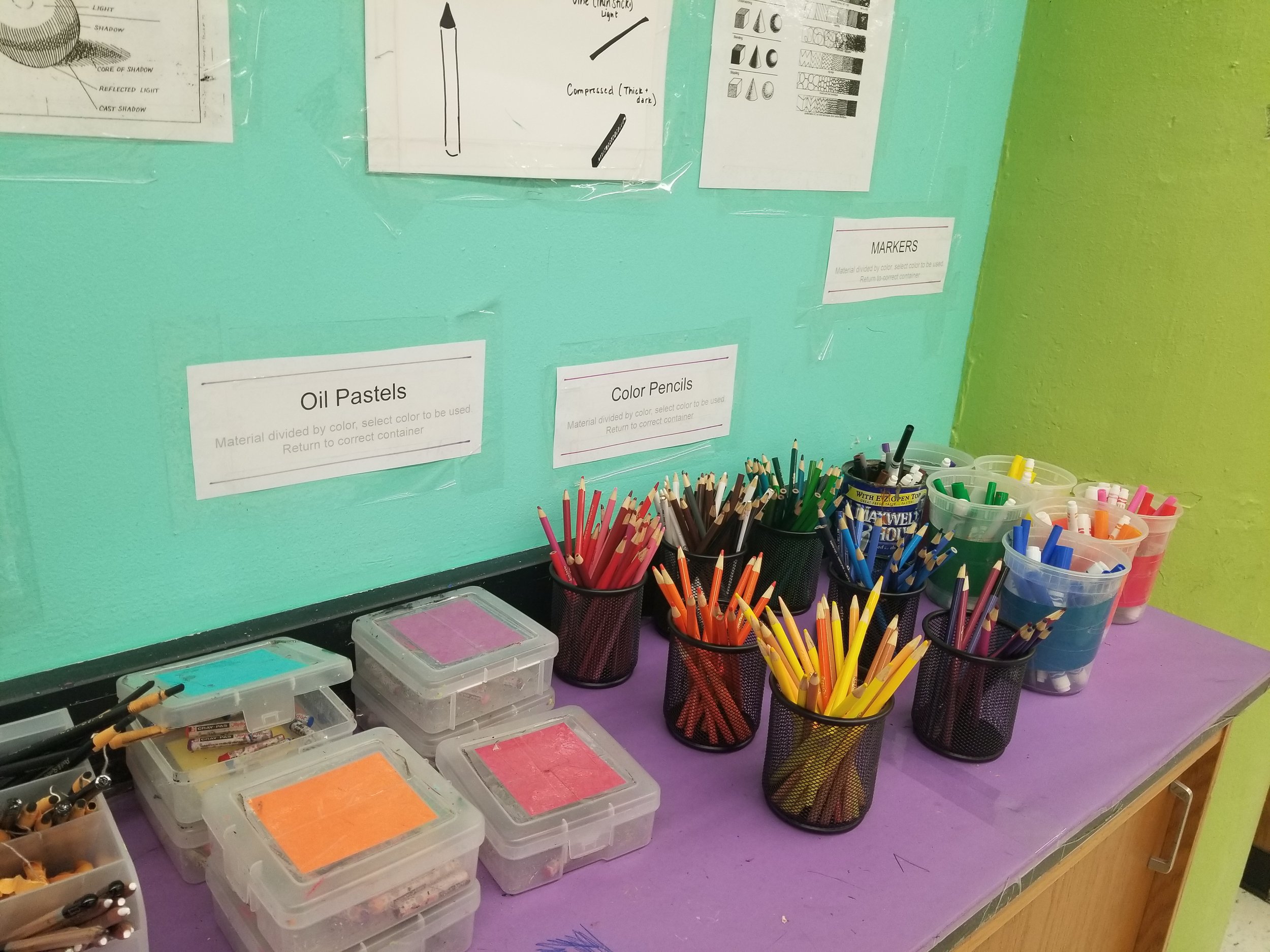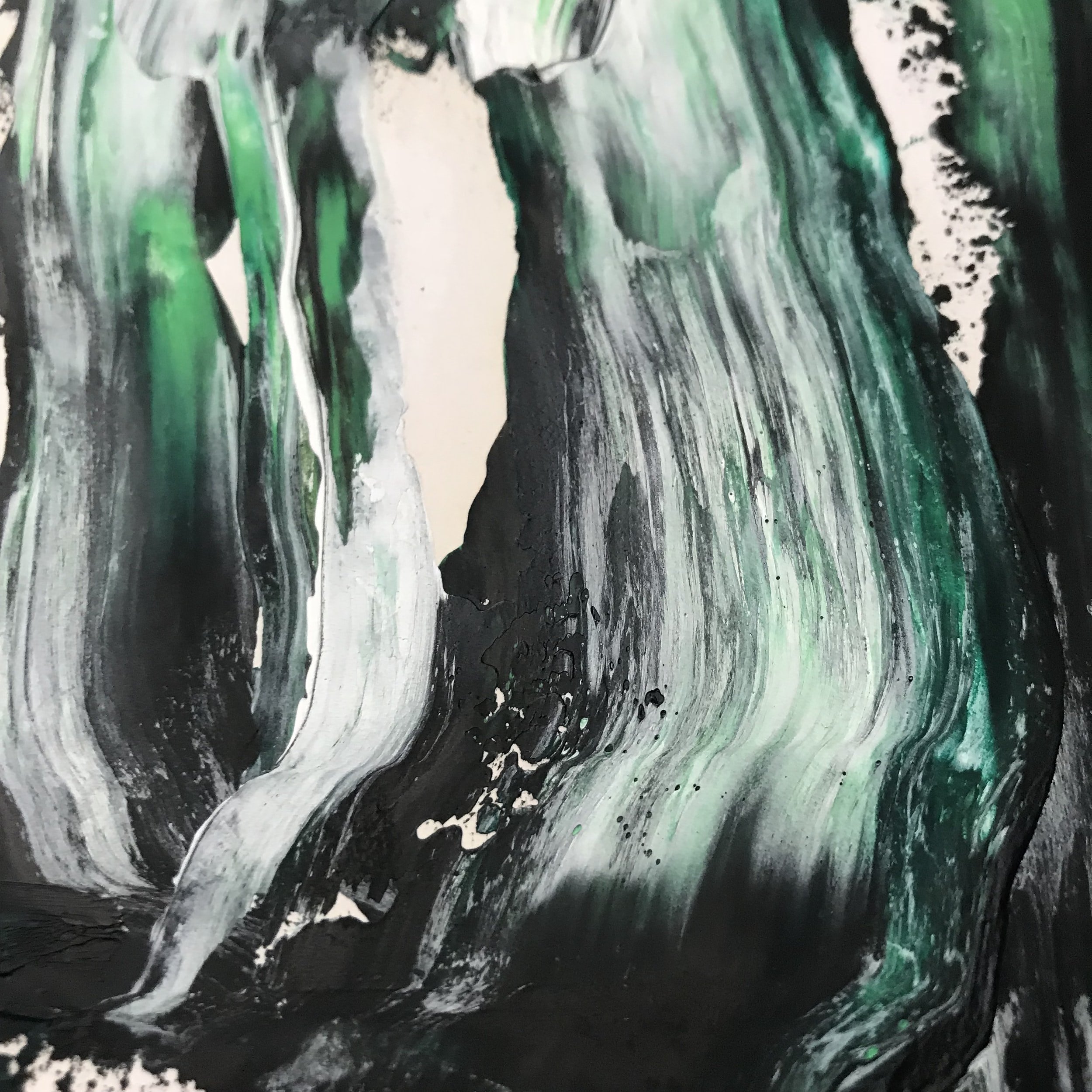
Teaching Philosophy
My approach to teaching comes from my own experiences as a student and as an artist. As a student, I wasn’t given a chance to experiment and explore until much later in my studies. Students begin with such confidence in their actions and explorations. My goal is to foster those feelings along with guiding them in skill building and visual art studies. By combining that confidence with practical art application, students will receive much more from their education as artists. They will be able to apply their discoveries outside of the classroom.
As an artist, I firmly believe in experimentation. Even when I might crash and burn after spending hours on a particular painting, I’d do it over again because I haven't “failed”, but learned something from what didn’t work. I want that same thought process for my students. I want students to allow themselves free exploration without the hindrance or pressure of “failure”. I do not want that to hold back my students in their endeavors, inside and outside of the classroom. I am a practical person and I believe that what you learn in the classroom should translate to other aspects of life. I like to think of it as “universal learning”. We should as educators support student confidence as people, artists, and students. Students must understand that they are makers and can shape mold and actively change things. I regard “lessons” as a catalyst for students, a light bulb for them to turn on.
In my own practice, to foster these ideas, I always find it important to build a “bank” of knowledge for students. Without these important content foundations, students find they “can’t” make art or even approach the practice. Many of my current and former students when I start with them have very limited art making experiences. By building the foundations with students, they uncover the mystery that was drawing or painting. They can then feel more confident developing and synthesizing their own work. As well, students can better articulate the how and why behind their work.
I believe in a classic philosophy, Paulo Freire's “problem posing” educational approach. We, as a society, are ingrained in this idea that only teachers can teach and only students can learn. However I accept, like Freire, in an exchange of ideas between teacher and student. As a teacher I find myself learning something new from a student, no matter how small the discovery is. In this age of information, students can access everything at the blink of an eye. With that ability, I think it is important that there is open learning between a teacher and student. Students and generally young people have a way of discovering new and exciting things quickly. One aspect that this has become a part of my own classroom is the introduction and use of technology in the art studio. Students have access to so much information, the question becomes how can we utilize these tools to further our art explorations. An example of this is the use of Youtube as a tool for project research. Youtube, when used with purpose, can provide a student with a treasure trove of individualized how to’s, access to artists and differentiated demonstrations that might not make the 45 minute time constraint of class. Students can rewatch, start, pause a video as many times as they need. This was something I could only discover from my own students and how they utilized this platform during projects. Having that open communication, as an educator I'll be able to include what interests my students to better help them succeed.
We should discuss art history in the same way we would treat where learning comes from. I want to take the past into the present while still looking forward. I find great importance in contemporary artists. Artists that are working here and now. Art history, though important, can seem cold and irrelevant to students. Students should be able to take the art they make, look at, discuss, analyze and place in their environments. Art should make connections to current pictures, current events, viewpoints, and issues. Cultural relevance is especially important when engaging students. By connecting to a student's culture, students take more ownership of how they present and speak about their work. They have made the connection and want their viewers to understand that.
I am a firm believer in being able to experiment on a way to a given end. As a part of the process I encourage students to explore materials - even when they are frustrating to use. I believe discovery happens in failure and should be encouraged. This also includes challenging students in supposed mastery of materials. There is always something to learn when applying, working or manipulating materials in new ways. As always starting with those foundational skill building, recognizing mediums and the properties of those mediums, students not only are more confident in their art making knowledge but also are stronger artists.
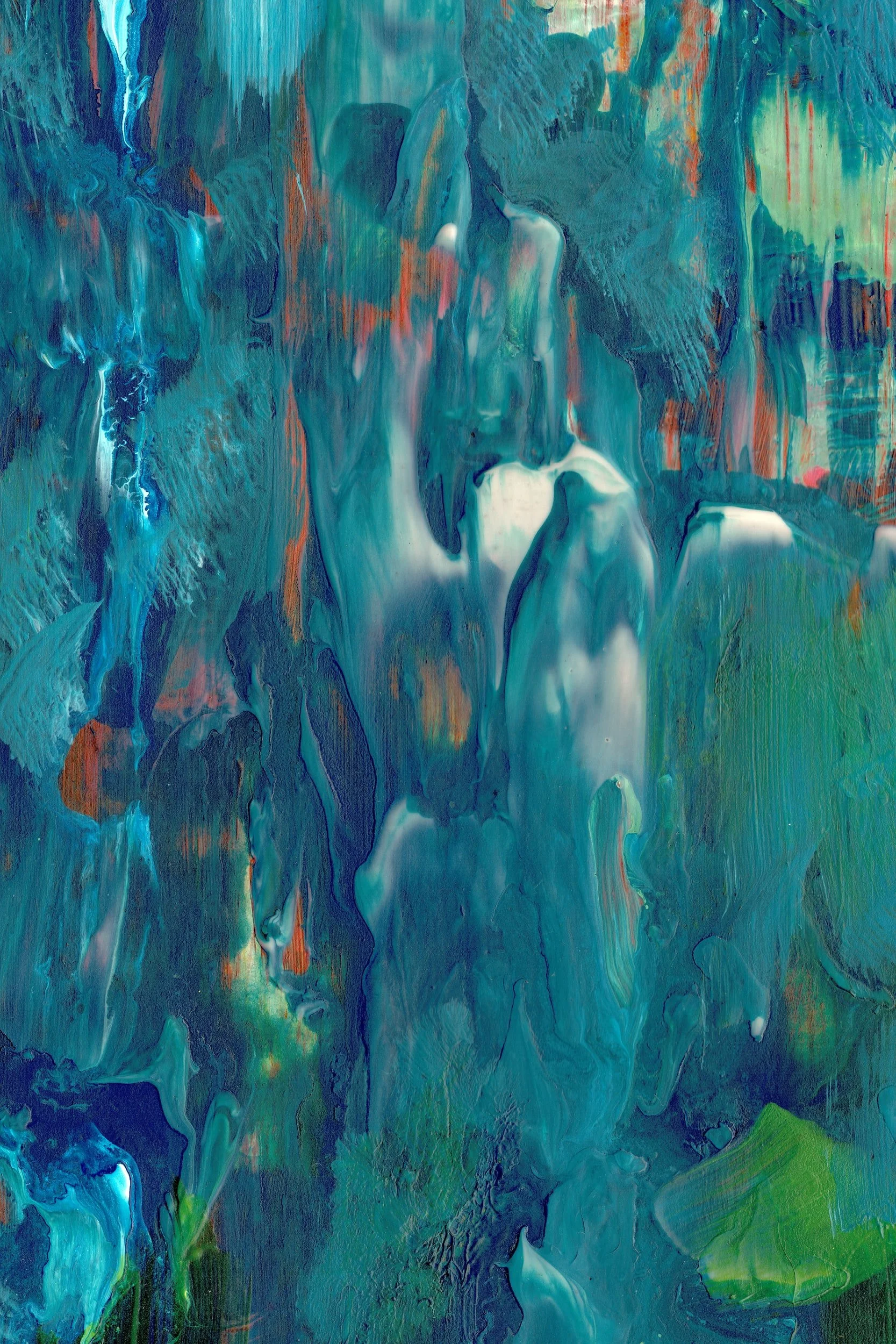
Technology in the Art Studio Classroom: Google Classroom
Utilization of Technology has become vital to 21st century classrooms. Although when teaching fine arts, technology is not the first thought to be included, it has become an important part in promoting discussion, writing and student directed learning.
In my studio courses, google classroom is utilized for the following reasons:
Creating peer to peer discussion
Completion of Written assignments
Collaborative group work/peer editing
Greater student responsibilities and ownership of assignments/classwork
-
Students can navigate assignments and see what has been posted most recently. Upcoming allows a quick look at upcoming assignments. Students can access these on any computer at school or at home
-
Labelled and section topics allows students to find assignments and content reviewed in class.
-
Students can see which assignments are missing and stay accountable for their work. As well absent students can see what they have missed and complete assignments at home. Students each receive digital/editable copies of their assignments.
Teaching to Artistic Behaviors + Classroom Protocols
Teaching to Artistic Behaviors is a learner directed approach to visual arts education, which meets all learners of any level through choice and agency in the studio. In TAB classrooms, Students practice problem solving, asking questions and exploring the possibilities of their art making. Student choice is heavily emphasized and necessary to student learning and engagement. TAB classrooms have high structure to allow for students to differentiate the work, work at a pace that fits them and develop their own paths of inquiry. As well, students are frequently asked to evaluate and reflect on their process and work, both informally and formally. TAB works in line with Studio Thinking & Studio Habits of Mind (Hetland, et.al, 2007). In this, students work to their understanding while developing the following habits of mind:
Develop and Craft
Engage and Persist
Envision
Express
Observe
Reflect
Stretch and Explore
Understand Art Worlds
In a high school setting, Studio Thinking structures focus on the following:
Demonstration - Lecture
Students at Work
Critique
Exhibition
My choice to adapt TAB/Studio Thinking into my own classroom was due to the fact that I have multiple levels of learners, both academically and artistically. The goal is to make art accessible to all students in meaningful ways. The first way I adapted this was in the physical organization of my classroom and procedures. Materials and tools have been selected and organized so that students can independently follow protocols for material selection, set up, use and clean up of all materials and tools. Storage systems for In-progress work, handouts, sketches and various other assignments are also part of that organization. My goals as told to my classes every year is for them to be able to navigate and use the room without a teacher’s assistance. The structures also aid in classroom management due to its routine and high structure. It also gives students agency while working in the classroom studio.
TAB Classroom Organization
Material Centers
Each material is organized by properties (Dry or Wet). Each area is labelled so students know where they can pick up and drop off materials. Walls at each station have reference materials previously learned related to the materials in the area.
Storage & Organization
Providing Students with places to maintain work. All materials are provided for, so students are responsible for maintaining their work (handouts and projects) in organized areas. The structure allows for students to easily find and follow routines throughout the year.
